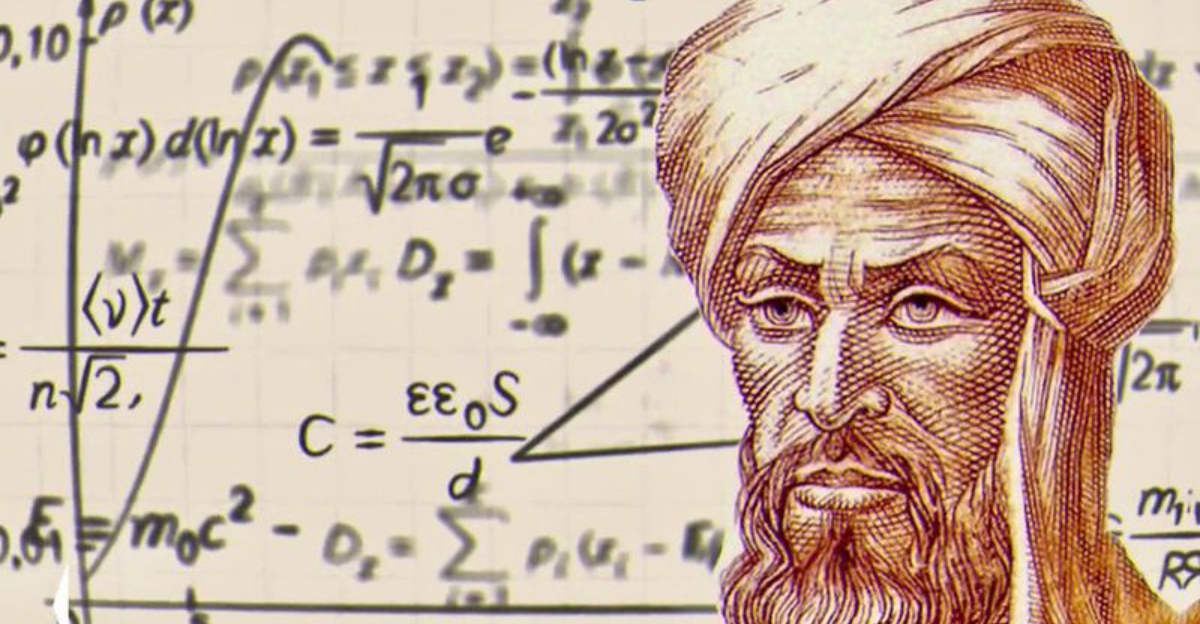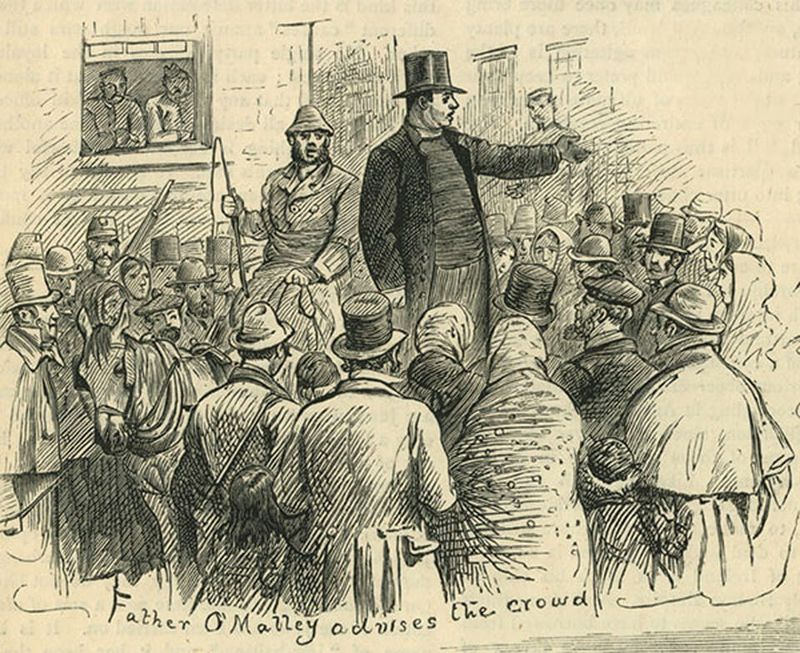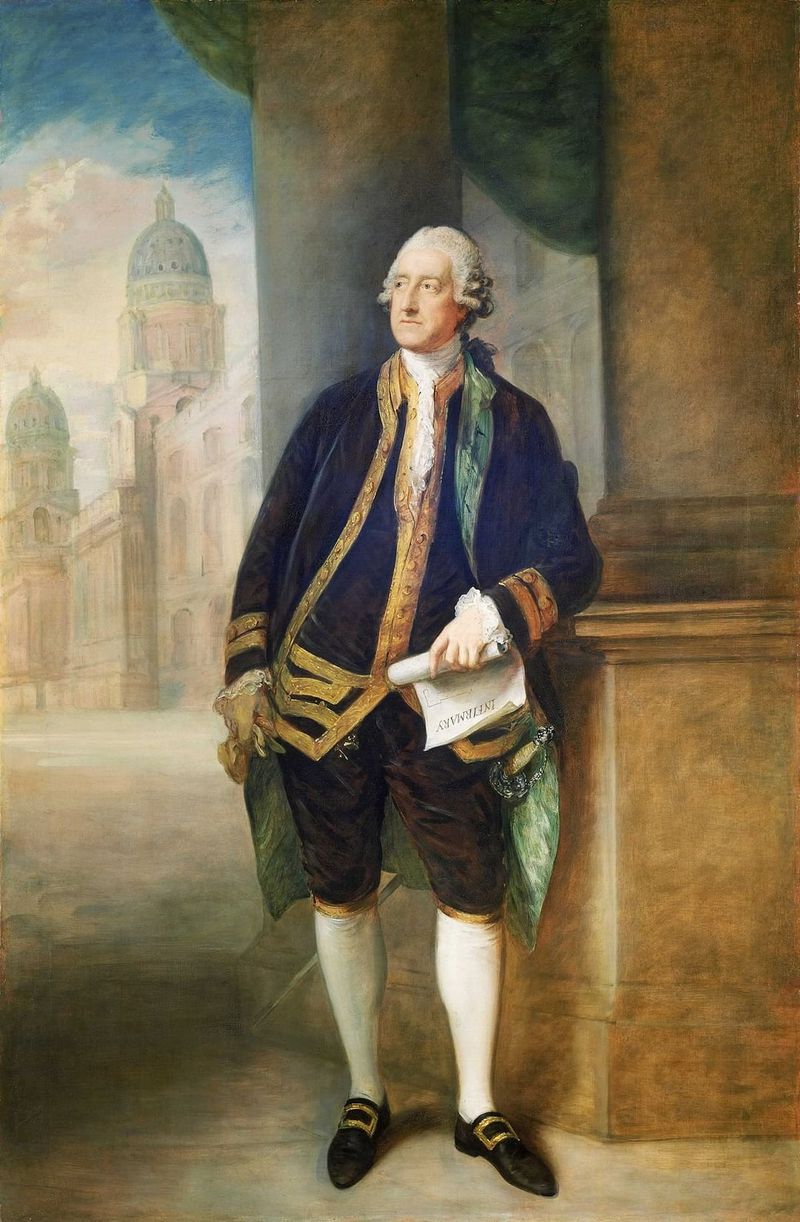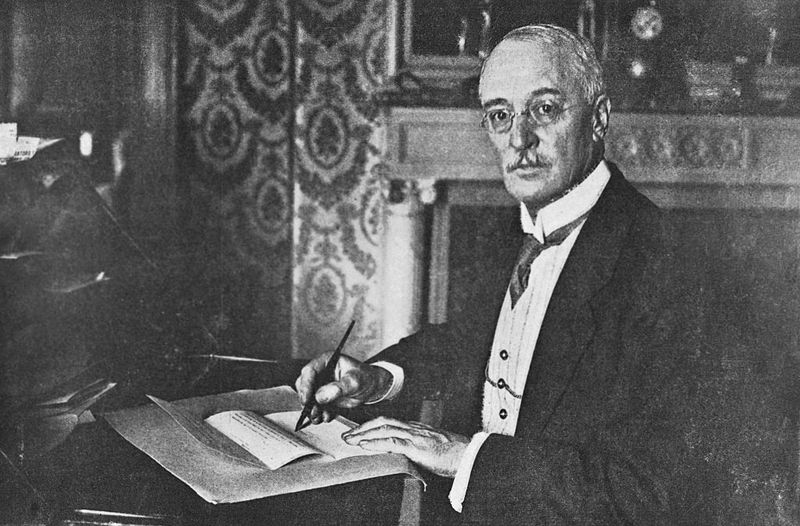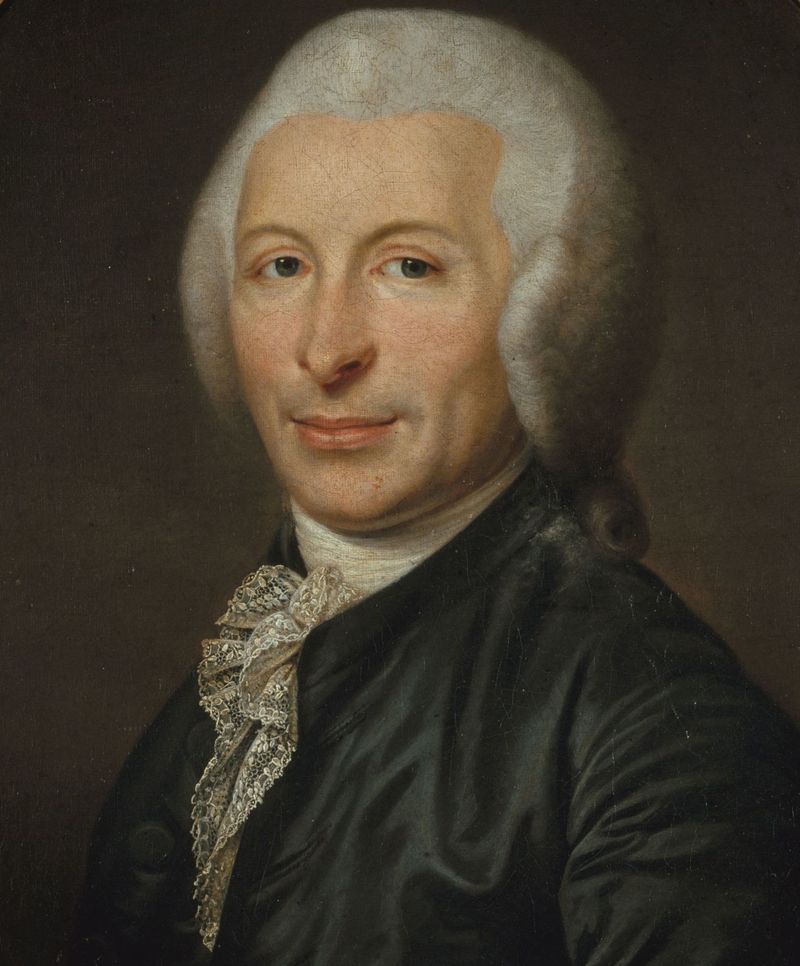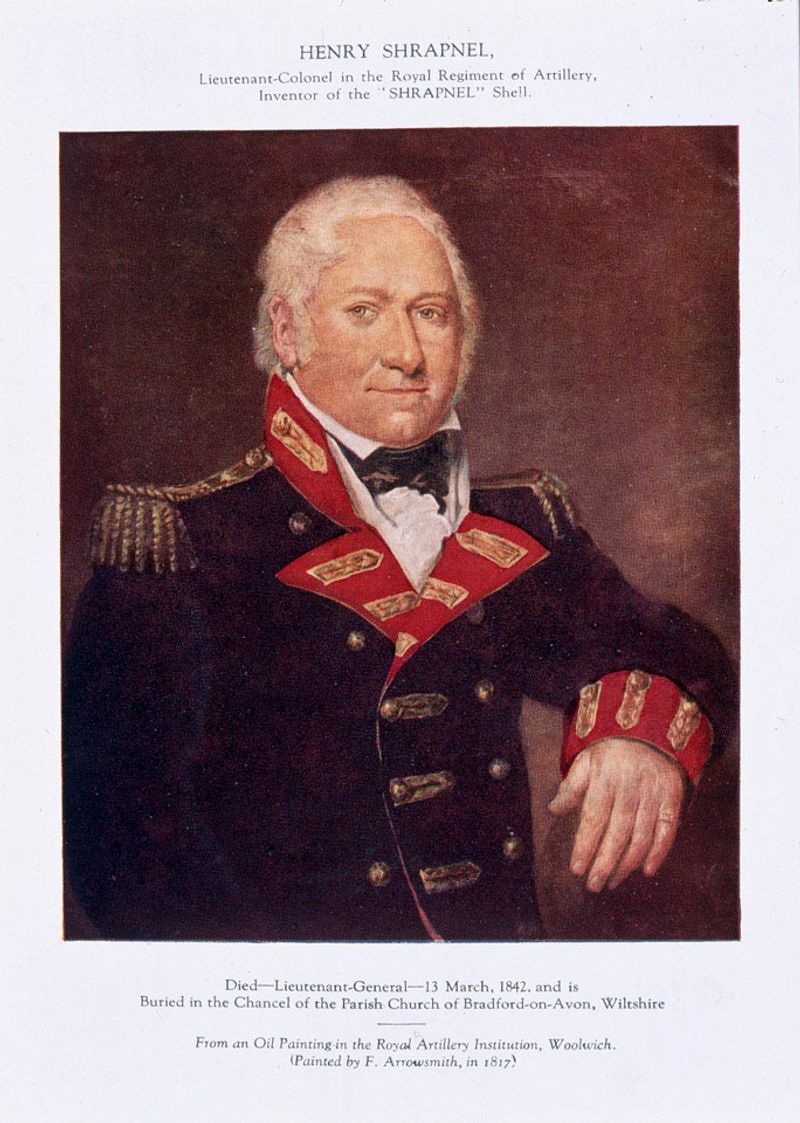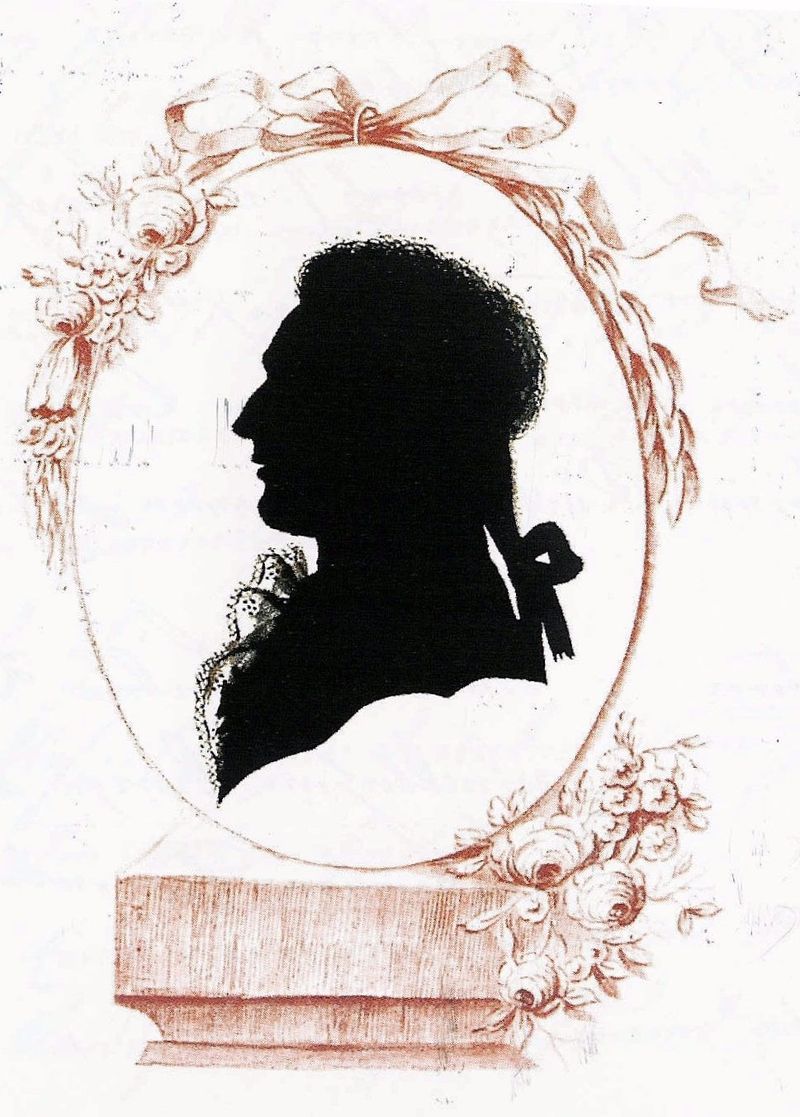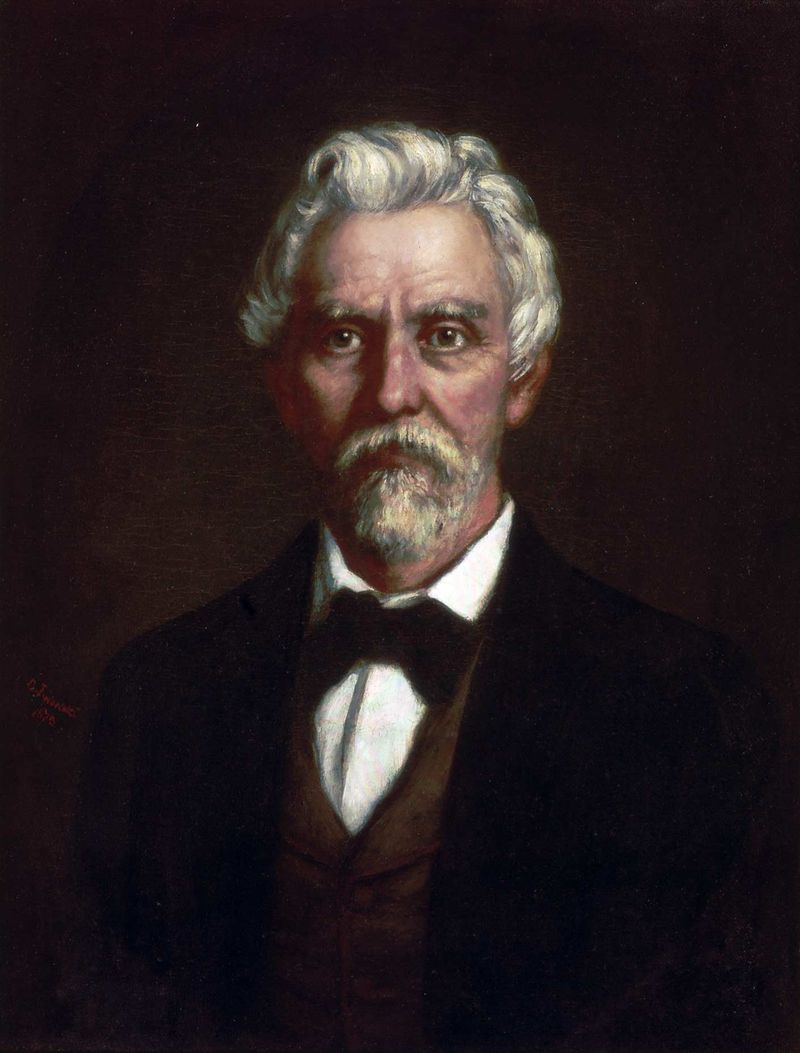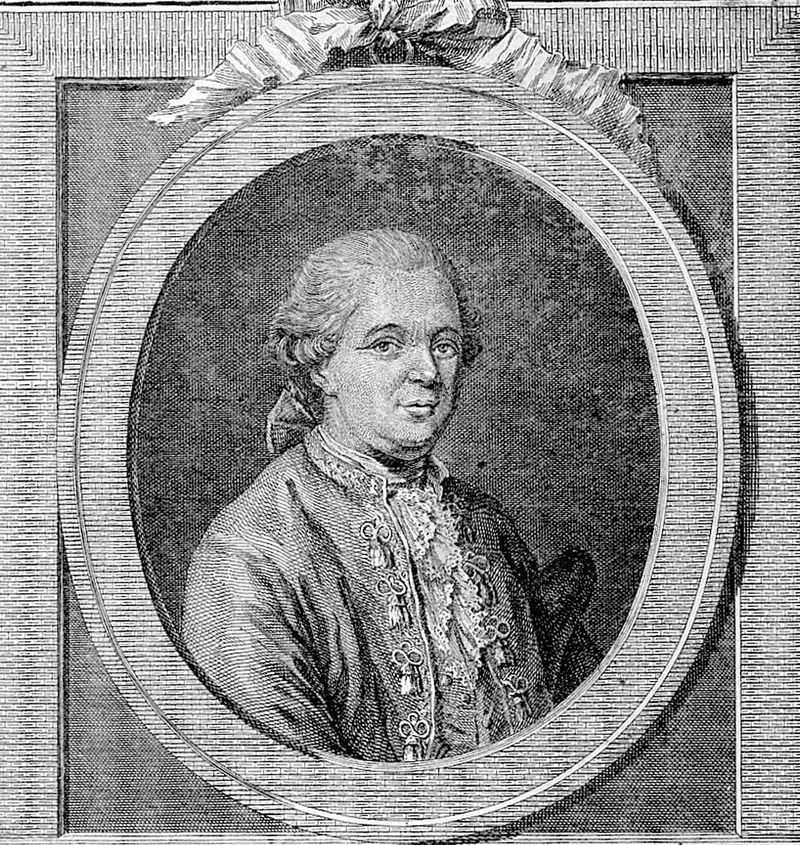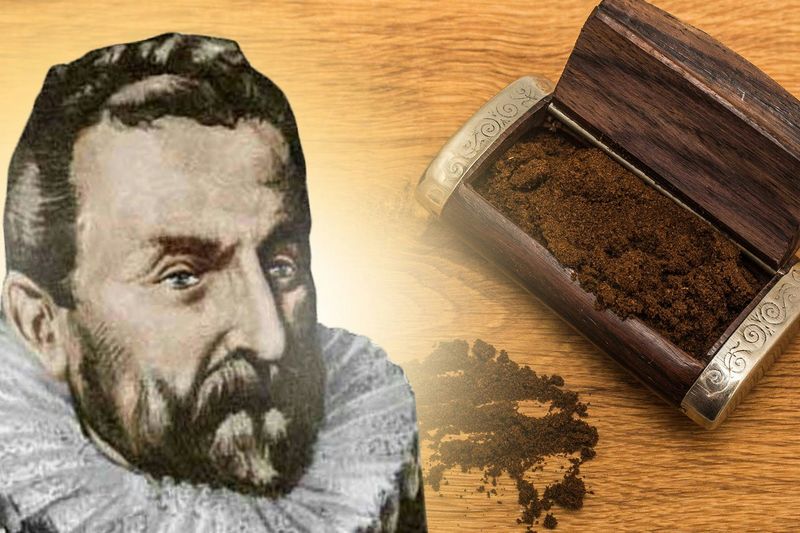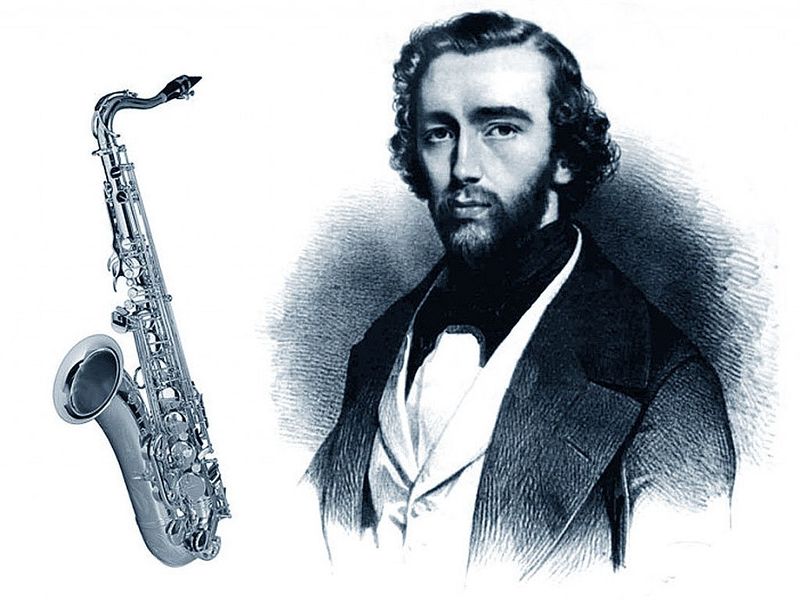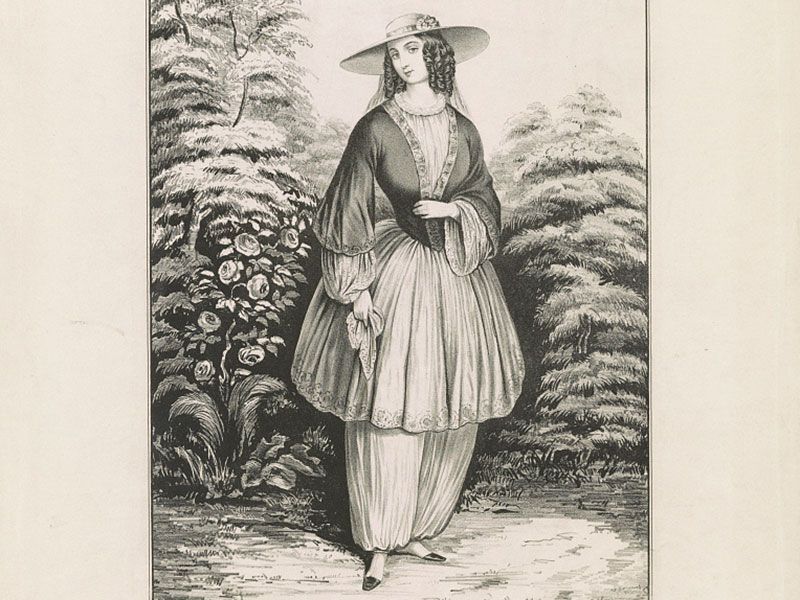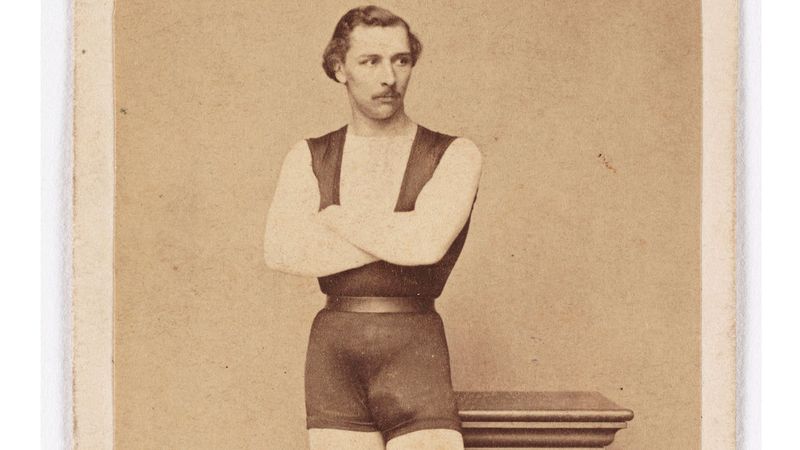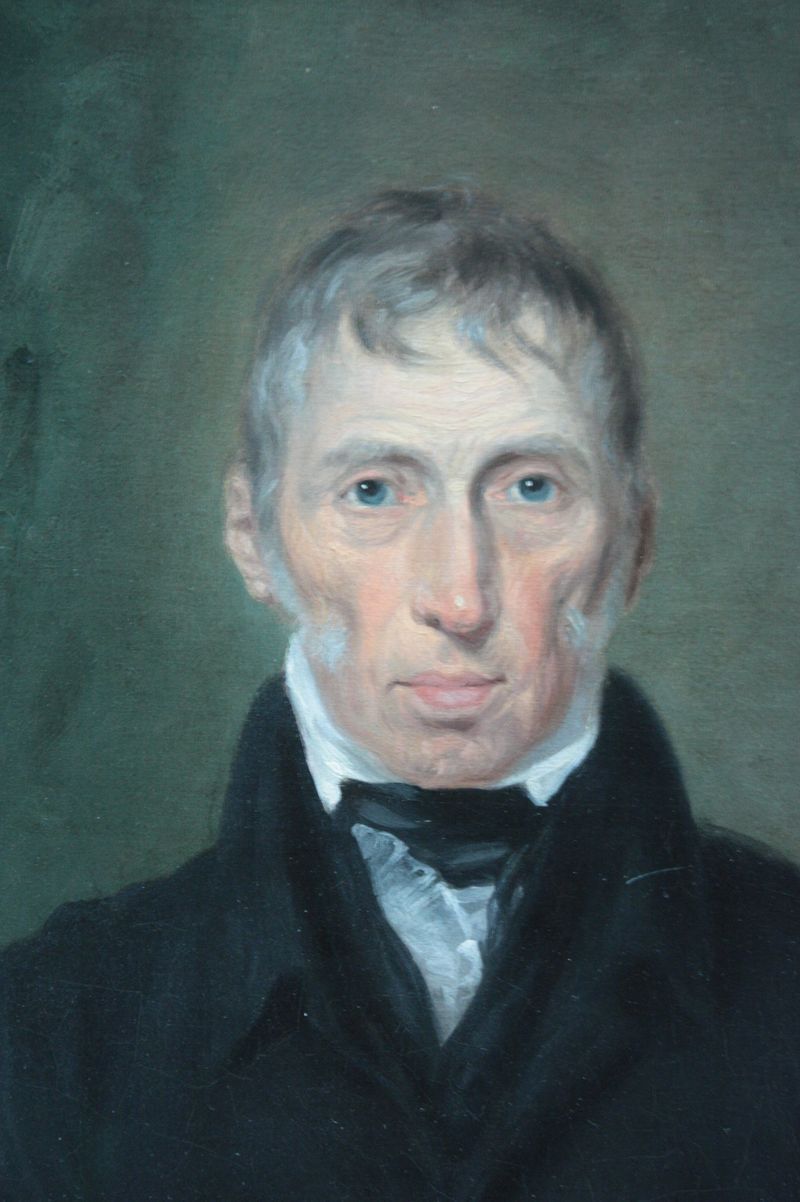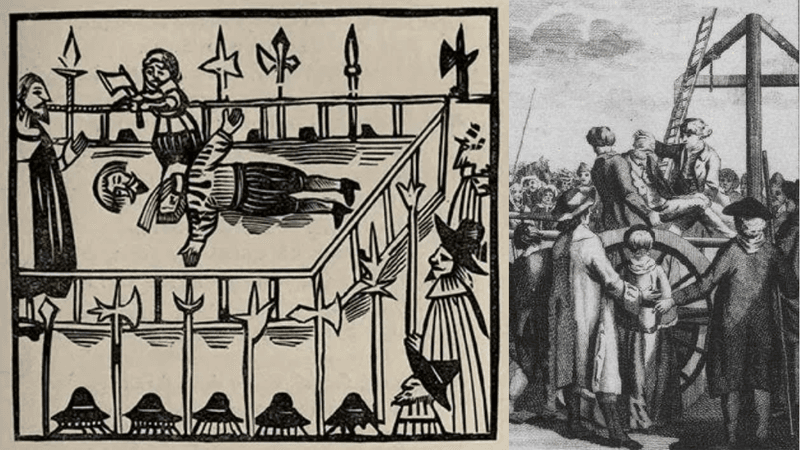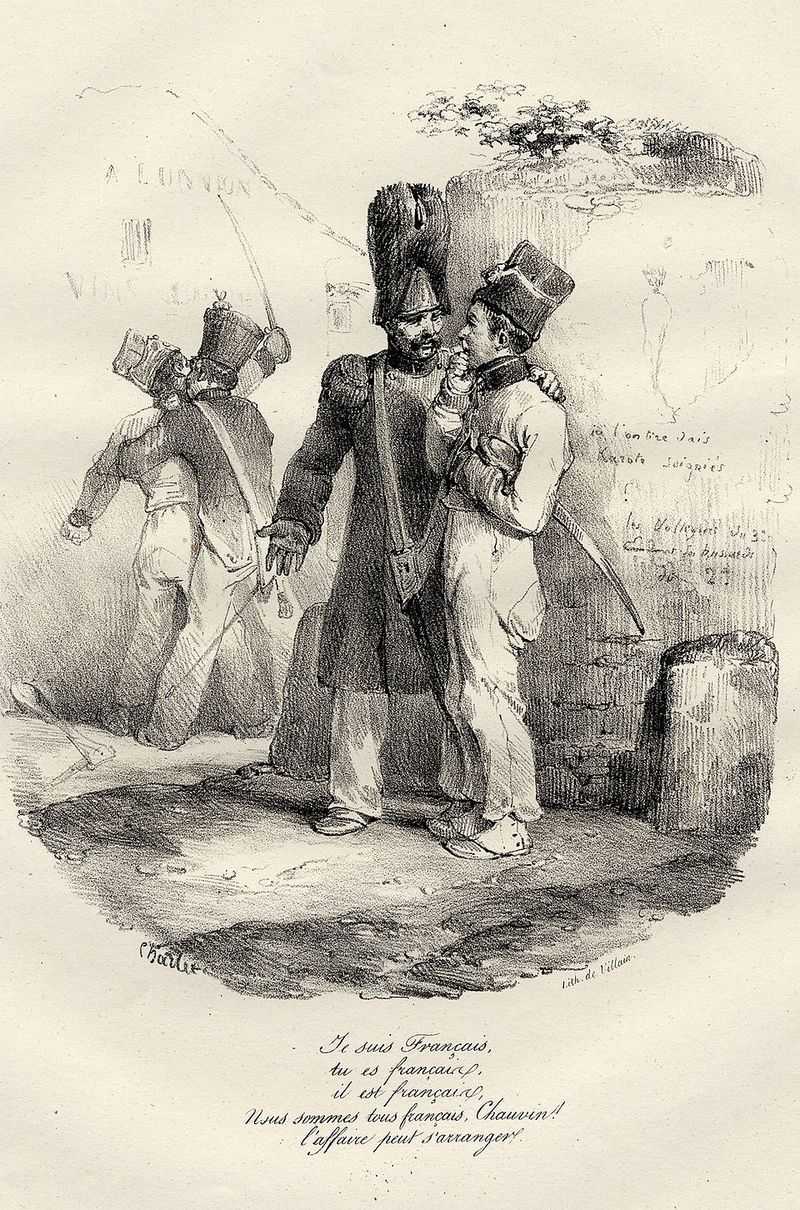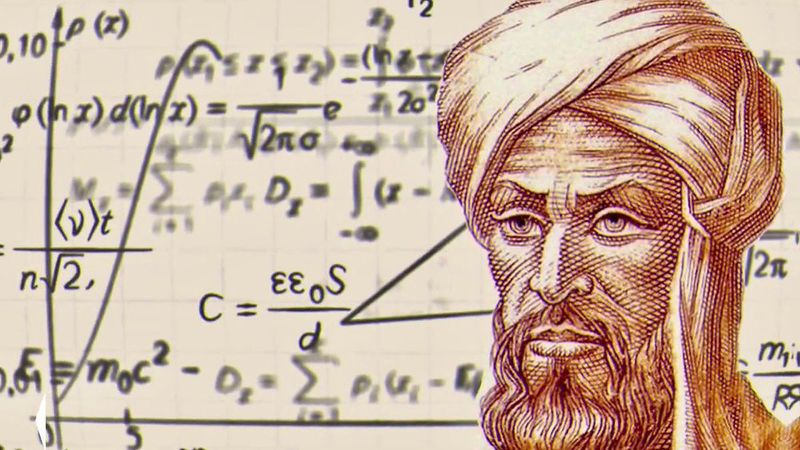Language evolves in fascinating ways, often borrowing from the names of people who left their mark on history. In this blog post, we explore 17 words you likely use frequently, yet might not realize they owe their origins to real individuals. While their initial fame might have stemmed from their achievements or notoriety, these people have become immortalized in everyday language. Discover the stories behind these words and the intriguing personalities who inspired them.
1. Boycott
The fate of Charles Boycott, an English land agent in Ireland during the late 1800s, wa that his name became synonymous with organized refusal. When Boycott attempted to evict tenants, the community retaliated with a complete social and economic boycott. Boycott found himself isolated and unable to hire workers or secure services, leading to a media frenzy. Today, “boycott” represents a powerful tool for protest, thanks to the unfortunate experiences of Charles Boycott, whose personal feud turned into a linguistic phenomenon.
2. Sandwich
John Montagu, 4th Earl of Sandwich, a passionate gambler too engrossed in his game to pause for a meal, who allegedly solved this dilemma by ordering meat between slices of bread. This convenient creation allowed him to eat without leaving the gaming table. While its origination may be debated, the sandwich revolutionized dining by offering a portable meal option. Whether true or not, this story has cemented the Earl’s place in history as the namesake of one of the world’s most popular meals.
3. Diesel
Rudolf Diesel was a visionary engineer who sought to revolutionize the world of engines. Born in the 19th century, Diesel invented an engine that ran more efficiently than its gasoline counterpart, using compression to ignite fuel. His invention paved the way for modern transportation and industry, powering everything from cars to ships. Diesel’s legacy extends beyond engineering; his name is now synonymous with a type of engine, embodying innovation and efficiency in the mechanized world.
4. Guillotine
Dr. Joseph-Ignace Guillotin, a physician with a compassionate heart, championed a revolutionary execution method that promised a swift and humane end. Contrary to popular belief, he didn’t invent the device but advocated for its use during France’s turbulent times. Guillotin’s name, however, became forever linked to the guillotine, a symbol of the French Revolution’s drastic measures. Though a grim legacy, it highlights Guillotin’s quest for a more humane society, even amidst the chaos of revolutionary France.
5. Shrapnel
In the world of warfare, innovation can be both devastating and transformative. Henry Shrapnel, a British artillery officer, introduced a shell filled with bullets that exploded mid-air. This invention, designed to maximize enemy casualties, made Shrapnel’s name a byword for scattered fragments. While the impact was destructive, it revolutionized artillery tactics and influenced military strategies. Shrapnel’s legacy is etched in the annals of military history, as his name still signifies the deadly remnants of an explosion today.
6. Silhouette
Étienne de Silhouette, a French finance minister, found his name tied to a unique art form during economic hardship. Known for his drastic cost-cutting measures, Silhouette became associated with inexpensive, shadow-cut portraits. These stark representations, capturing one’s likeness through mere outlines, were accessible to all, even during financial strain. Though initially a term of derision, “silhouette” today celebrates the elegance of simplicity in art, a fitting tribute to a man whose name became a canvas for creativity.
7. Maverick
Samuel Maverick, a bold Texas rancher, earned his place in history through a simple act of defiance: refusing to brand his cattle. This nonconformity led to “maverick” symbolizing an independent thinker unwilling to follow the herd. Maverick’s legacy extends beyond cattle ranching, inspiring those who dare to stand apart in various fields. His name now champions individuality, representing a spirit of rebellion against conventional norms, echoing his unique approach to life on the frontier.
8. Mesmerize
The allure of hypnosis can be traced back to Franz Mesmer, a German physician who delved into the mysteries of the human mind. Mesmer’s theories on animal magnetism, though controversial, laid the groundwork for modern hypnotism. His captivating practices entranced audiences, sparking both intrigue and skepticism. “Mesmerize” now captures the essence of holding one’s spellbound attention, a testament to Mesmer’s lasting impact on psychological exploration and the art of suggestion.
9. Nicotine
Jean Nicot, a French diplomat, unknowingly planted the seeds of a global habit when he introduced tobacco to Europe. In the 16th century, Nicot sent tobacco plants to the French court, proclaiming their medicinal benefits. The plant’s popularity soared, and “nicotine,” derived from Nicot’s name, became synonymous with the addictive substance within tobacco. Nicot’s influence endures, reminding us of how cultural exchanges can shape societal behaviors and introduce new habits that persist through centuries.
10. Saxophone
Adolphe Sax, a Belgian inventor, breathed new life into the world of music with his innovative creation: the saxophone. Combining elements of brass and woodwind instruments, Sax crafted a versatile tool for expression. The saxophone’s rich and emotive tones quickly found their place in orchestras and jazz ensembles alike. Sax’s name is immortalized in the musical realm, echoing his passion for sound and his relentless pursuit of harmony, forever changing the landscape of musical expression.
11. Cardigan
James Brudenell, 7th Earl of Cardigan, marched into history not only for his military exploits but also for his sartorial influence. During the Crimean War, his troops donned knitted wool jackets to combat the cold, sparking a fashion trend. These garments, known as “cardigans,” became a symbol of warmth and style, transcending their military roots. Brudenell’s name now graces a wardrobe staple, embodying comfort and elegance, a timeless tribute to a leader’s enduring impact on fashion.
12. Bloomers
Amelia Bloomer, a pioneering women’s rights advocate, championed practical attire for women, promoting freedom and mobility. Her endorsement of loose-fitting pants, dubbed “bloomers,” challenged restrictive fashion norms. Bloomer’s advocacy extended beyond clothing, as she fought for women’s suffrage and social reform. Her name now represents a pivotal moment in fashion history, reflecting a broader movement toward gender equality and empowerment, marking her as a trailblazer in both style and progressive thought.
13. Leotard
Jules Léotard, a daring French acrobat, soared to fame with his breathtaking feats on the trapeze. His choice of attire, a tight-fitting one-piece garment, allowed for fluidity and grace in his performances. This garment, aptly named “leotard,” became synonymous with athleticism and artistry. Léotard’s legacy endures in the world of sports and dance, where his namesake outfit continues to symbolize the elegance and precision he brought to the art of acrobatics.
14. Tarmac
John McAdam, a visionary Scottish engineer, revolutionized road construction with his “macadam” method, which laid the foundation for modern pavements. By compacting layers of small stones, he created durable surfaces. The addition of tar later gave rise to “tarmac,” a term now synonymous with roads and runways worldwide. McAdam’s influence persists in every well-paved path, reflecting his commitment to infrastructure innovation. His name continues to guide travelers, symbolizing progress and connectivity.
15. Derrick
Thomas Derrick, a notorious English executioner, inadvertently linked his name to modern machinery. Known for his efficiency in carrying out sentences, Derrick’s association with gallows led to the term for cranes resembling these structures. Over time, “derrick” evolved to denote any lifting apparatus, a testament to how language adapts. While his name’s journey from execution to construction might seem unusual, it underscores the linguistic transformations shaped by history and human endeavor.
16. Chauvinist
Nicolas Chauvin, the fictional embodiment of blind patriotism, lends his name to a term that has evolved significantly. Originally a symbol of fervent nationalism, “chauvinism” has come to denote a broader sense of bias, including sexism. This linguistic journey reflects changing societal attitudes and the enduring impact of cultural myths. Chauvin’s name reminds us of how fictional figures can influence real-world language, shaping the words we use to describe complex social dynamics.
17. Algorithm
Muhammad ibn Musa al-Khwarizmi, a pioneering Persian mathematician, laid the groundwork for algebra and algorithms. His scholarly contributions during the Islamic Golden Age influenced centuries of mathematical thought. The term “algorithm” derives from the Latinized form of his name, “Algoritmi,” highlighting his enduring legacy in the world of mathematics and computer science. Al-Khwarizmi’s work continues to drive technological advancements, as algorithms underpin the digital age, showcasing his monumental impact on human knowledge.
